The Ruger Mini-30 resembles the M14 and M1 Garand, iconic rifles in American history. They are also considered one of the best guns ever produced, so Ruger decided to manufacture it in their mini versions. The Ruger Mini-14 and Ruger Mini-30 bring some classic imagery, especially the Mini-30 with 7.62×39 packed into its small (or mini) frame.
Design
L. James Sullivan and William B. Ruger designed Ruger Mini-14 (also referred to as Mini Thirty) rifle. It incorporated numerous innovations and cost-saving engineering changes. The only thing that differentiates Mini-14 from Mini-30 is the caliber. Ruger Mini-30 is chambered for the Russian 7.62×39mm cartridge bringing a more manageable frame with all the stopping power you could want for hunting, target shooting, or home defense. The first Mini-30s were produced in 1987.

In the US, many states prohibit hunting deer with calibers smaller than 6 mm (.243 in), so Ruger used a 7.62.39mm cartridge because it has ballistics similar to the well-known .30-30 Winchester.
The Mini-30 rifle has an investment-cast, heat-treated receiver and is mechanically similar to the M1 rifle, with a self-cleaning, fixed-piston gas system. Initial rifles were produced with somewhat angular stocks, and heat shields were made of wood. These rifles were tooled and redesigned with serial number prefixes before 181 with new stock, a new bolt hold-open mechanism, and other minor changes.
Most Mini-30s selling those days have installed Picatinny rail, and the option for integral scope mounts machined directly on the solid-steel receiver. It provides a stable mounting surface for included scope rings, eliminating a potential source of looseness and inaccuracy in the field.
Variants
Mini-30 Tactical Rifle
The tactical rifle was introduced in 2010. It closely mimics the Mini-14 Tactical Rifle variant but in 7.62x39mm. It also has a shorter 16.12″ barrel with a flash suppressor and is available with a standard fixed stock/fore-end or a collapsible ATI-brand stock with Picatinny rails.
The Mini-30 is available with a 16.12″ (Tactical Model) or 18.50″ barrel having a twist rate of 1:10″ RH and is sold with two 20-round or 5-round box magazines. Ruger does not currently produce 30-round Mini Thirty magazines. The Ruger Mini-30 shares many designs and accessory options with those of the smaller caliber Mini-14 Ranch Rifle.
User experience
Most users consider Ruger Mini-30 a reliable weapon with a low level of malfunctions. It can “chew” everything from cheap military surplus balls to meticulously crafted handloads, including cast bullet handloads. The Mini-30 is accurate, with its best loadings grouping 1.5″ at 100 yards. Like many 7.62×39 firearms, ammunition is a significant factor in accuracy. Most ammunition is slapped together for AK / SKS-type firearms where the function is the primary design goal, but a little handload development can yield satisfactory accuracy.
Technical specifications
| Country of origin: | United States |
| Manufacturer: | Sturm Ruger & Co. |
| Type: | Gas-operated, semi-auto, or selective fire |
| Caliber: | 7.62x39mm |
| Barrel: | 18.5 in (470 mm) |
| Weight: | 7 lbs (3,17 kg) |
| Magazine capacity: | 5, 10, 20, or 30 rounds |
| Cyclic rate of fire: | 750 rounds per minute |
| Price: | $1319.00 (February 2022) |
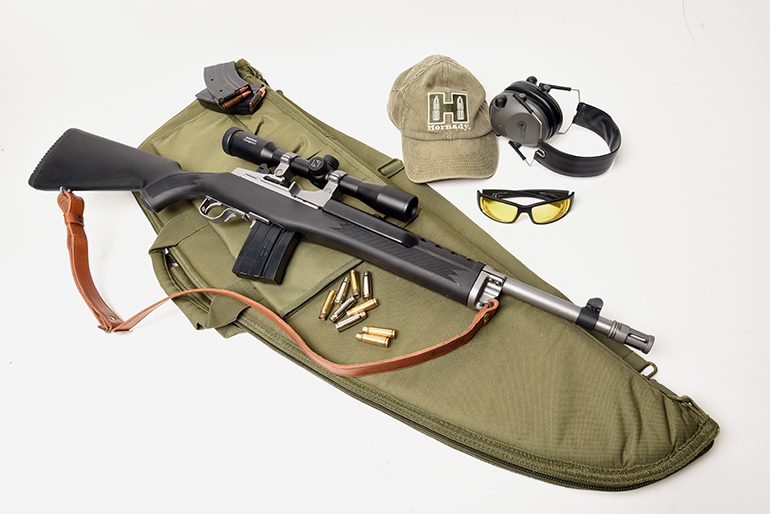
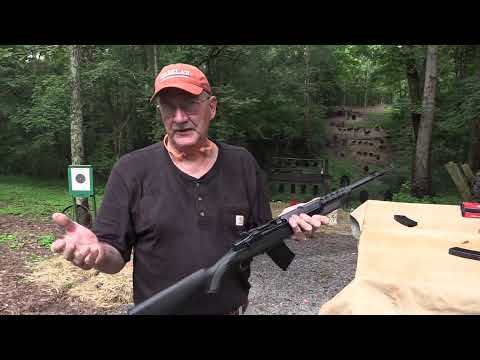
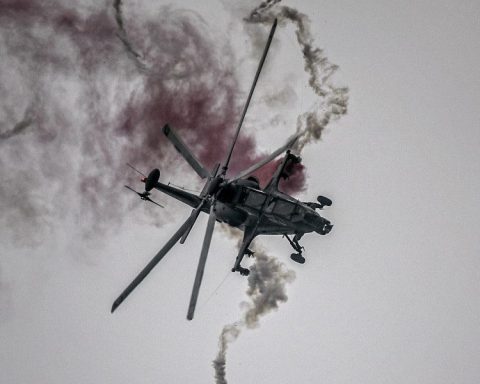
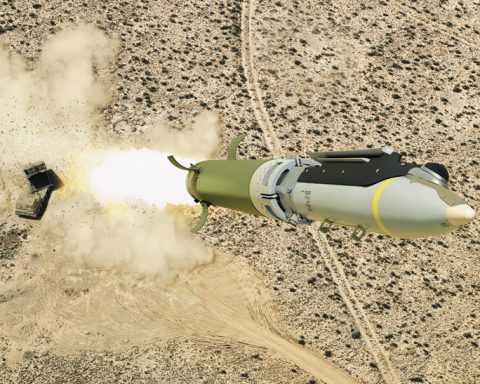


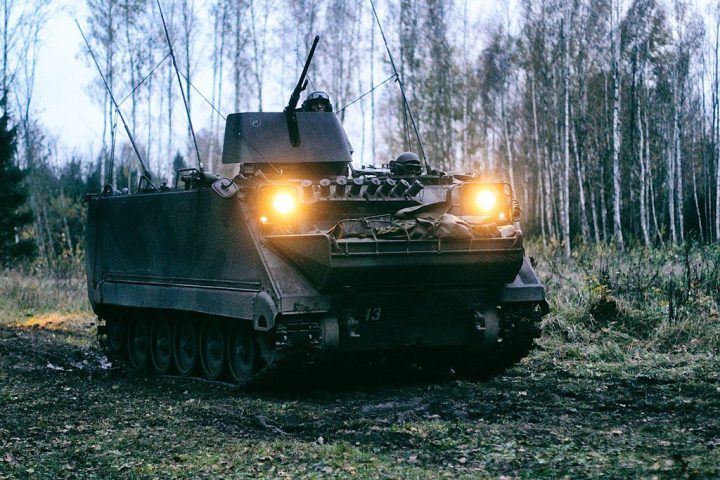
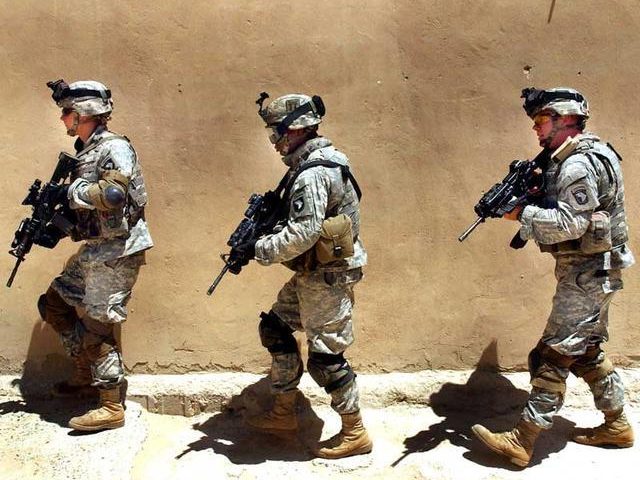

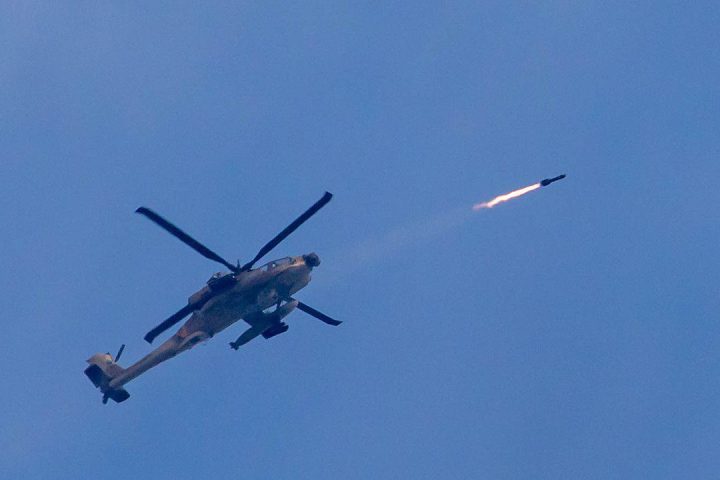


We’re can they be purchase from.
I think I would like one. Where to get one?
I really Like the way these guns look I think it will be fun shooting on the target range
If, God forbid, a civil war really does start here, logistics are going to be very important. 7.62×39 is a premiere “assault rifle” caliber, but in addition to the caliber, other elements of logistics are important: the gun, AK-47 or compatible as well as parts support, the magazines AK compatible, as well as the cartridge. The Mini only has the cartridge, not the rifle and parts support or magazines.
I think the SIG 556R is a better candidate. It at least has the magazines and cartridge.
5.56 is similar. AR-15 and clones for the rifle, AR mags and cartridge. If you want to do something like .300 Blackout, you are on you own.
Great to shoot, I have had mine for many years now, got it when the price was dirt cheap.
More information on purchase. My father had his issued through the US Army while serving 2 terms in Vietnam. I would like to remember him by as well as sport/ whitetail hunting. Thanks
bin intereziert an der waffe, was kostet sie, und wie bekomme ich diese nach Deutschland,
mfg.
if anybody has a paratrooper fold out stock I’d be very interested in it thank you
Currently, how much for both?
I own the stainless steel version. It fired most reliably using winchester 7.92X39. I had to do some firing pin work since some of the cheaper ammo brands like TulAmmo would miss-fire. Now I can practically fire rocks out of it.